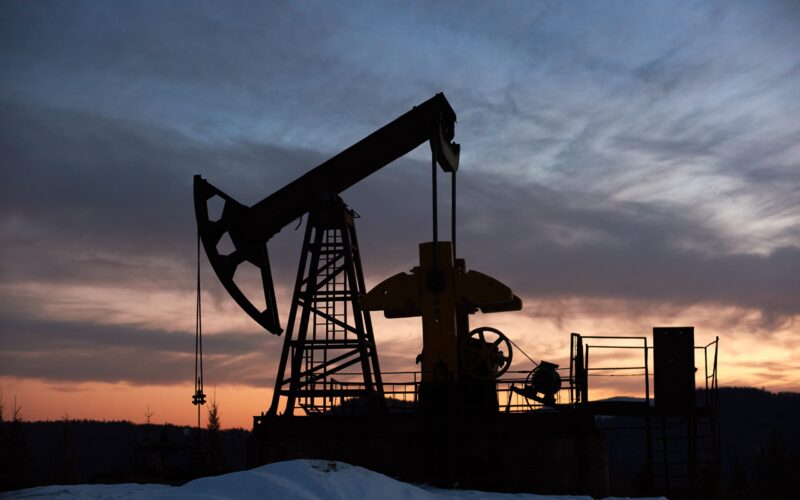Global demand for oil and gas could continue climbing through 2050, the International Energy Agency (IEA) said in its latest World Energy Outlook, signalling a sharp shift from its earlier expectations of a rapid transition to clean energy. The revised trajectory comes amid U.S. criticism that the agency had focused too heavily on climate policy in recent years.
In its report released on Wednesday, the Paris-based watchdog warned that the world is unlikely to keep warming to 1.5°C above pre-industrial levels — the threshold scientists say is necessary to avert the worst impacts of climate change.
Under the IEA’s current policies scenario, oil demand is expected to reach 113 million barrels per day by 2050, around 13% above 2024 levels. Global energy demand overall is projected to increase by 90 exajoules by 2035, a 15% rise from today.
The scenario reflects only policies already in place, not governments’ climate ambitions. The IEA revived this model — used until 2019 — to account for divergent government decisions on energy, said Executive Director Fatih Birol.
The report’s shift marks a departure from projections made during the Biden administration, when the IEA said oil demand would peak before 2030 and that no new oil, gas or coal investments would be needed under a net-zero pathway. Those views were criticised by U.S. officials under President Donald Trump, whose administration urged greater domestic oil and gas production. Trump’s Energy Secretary, Chris Wright, had called the IEA’s earlier peak oil projections “nonsensical”.
OPEC, which has long challenged the notion of imminent peak oil, welcomed the IEA’s revised stance, saying: “We hope… we have passed the peak in the misguided notion of ‘peak oil.’”
In the IEA’s stated policies scenario — which includes proposed but not fully enacted measures — oil demand still peaks around 2030, largely due to differing assumptions on electric vehicle adoption.
The agency stressed that its scenarios represent possible outcomes, not forecasts.
The report notes a major surge in final investment decisions for new LNG projects in 2025. By 2030, around 300 billion cubic metres of new annual liquefied natural gas export capacity is expected to come online — a 50% increase in global supply.
Driven by rising electricity demand from data centres and artificial intelligence, the IEA projects global LNG consumption to grow from 560 bcm in 2024 to 880 bcm in 2035, reaching 1,020 bcm by 2050.
Investment in data centres alone is expected to hit $580 billion in 2025, surpassing the $540 billion spent annually on oil supply.
The report retains a scenario outlining a pathway to net-zero emissions by 2050, though it concludes the world will exceed 1.5°C of warming under every scenario assessed.
More than 190 countries committed in 2015 under the Paris Agreement to strive to limit warming to 1.5°C. With negotiations underway at COP30 in Brazil, Greenpeace Nordic senior policy adviser Kaisa Kosonen urged governments to deliver an emergency response: “We need to speed up and scale up. Governments at COP30 must now agree on a global plan to urgently bridge the 1.5°C ambition gap.”





















